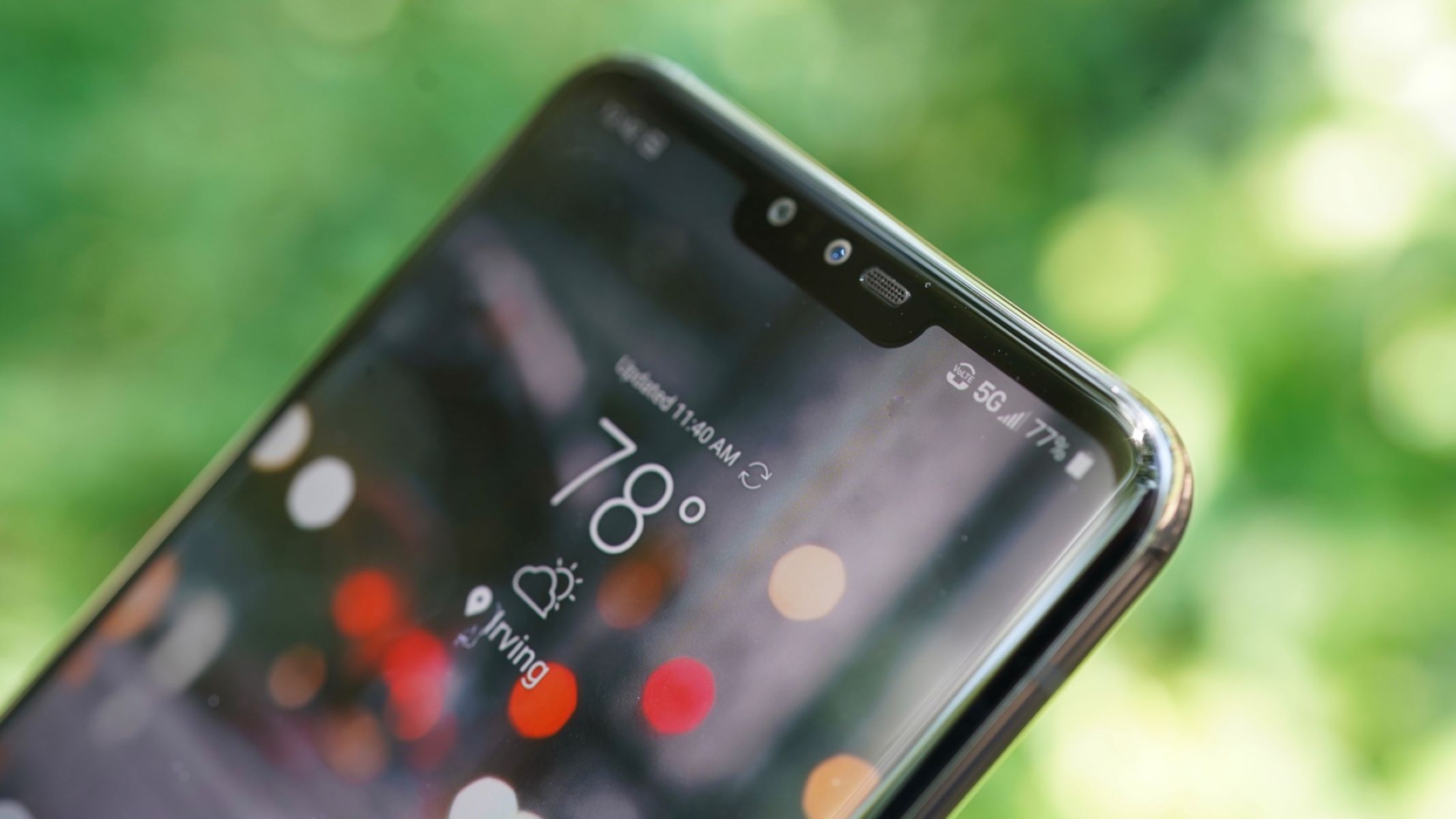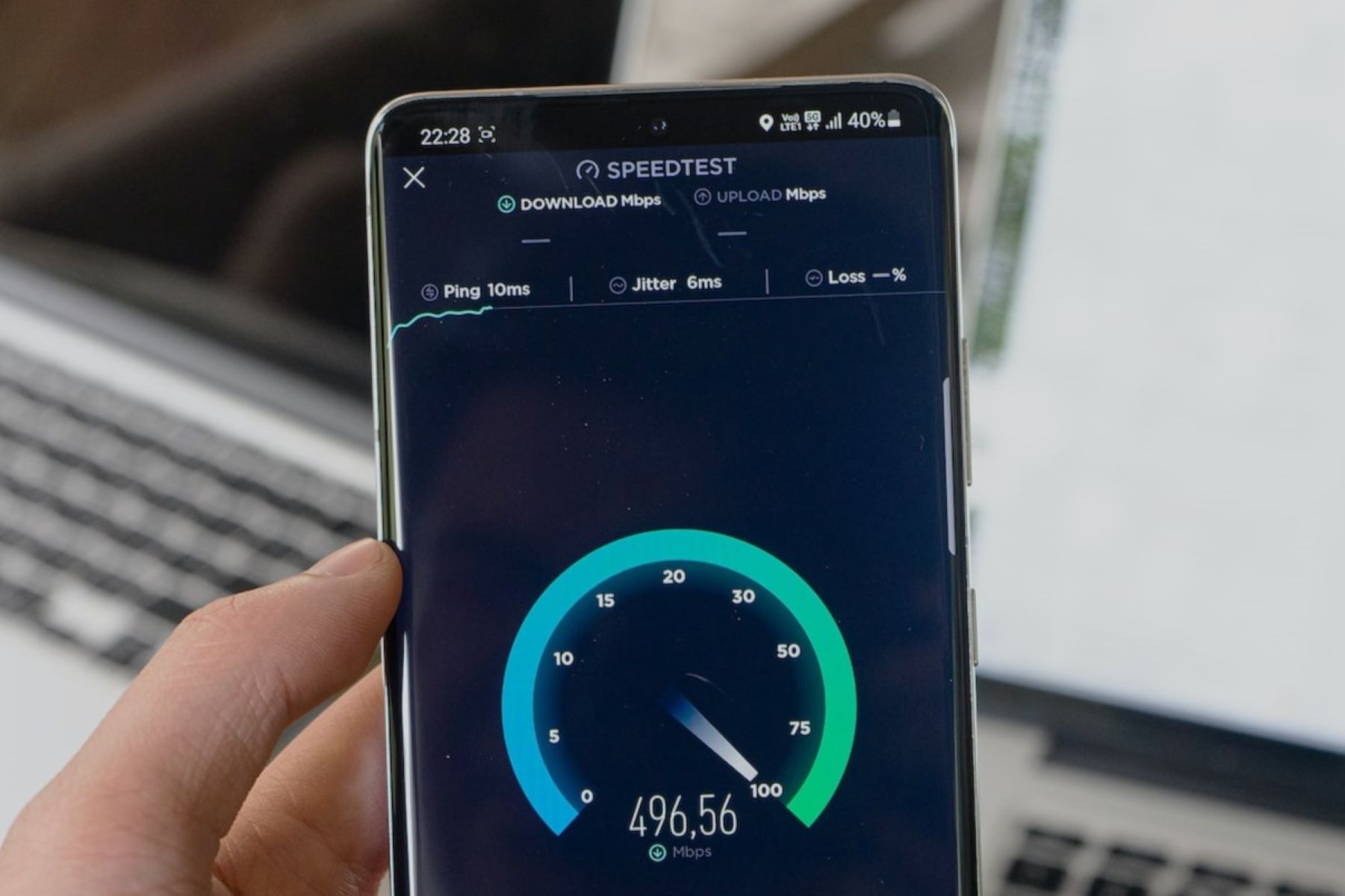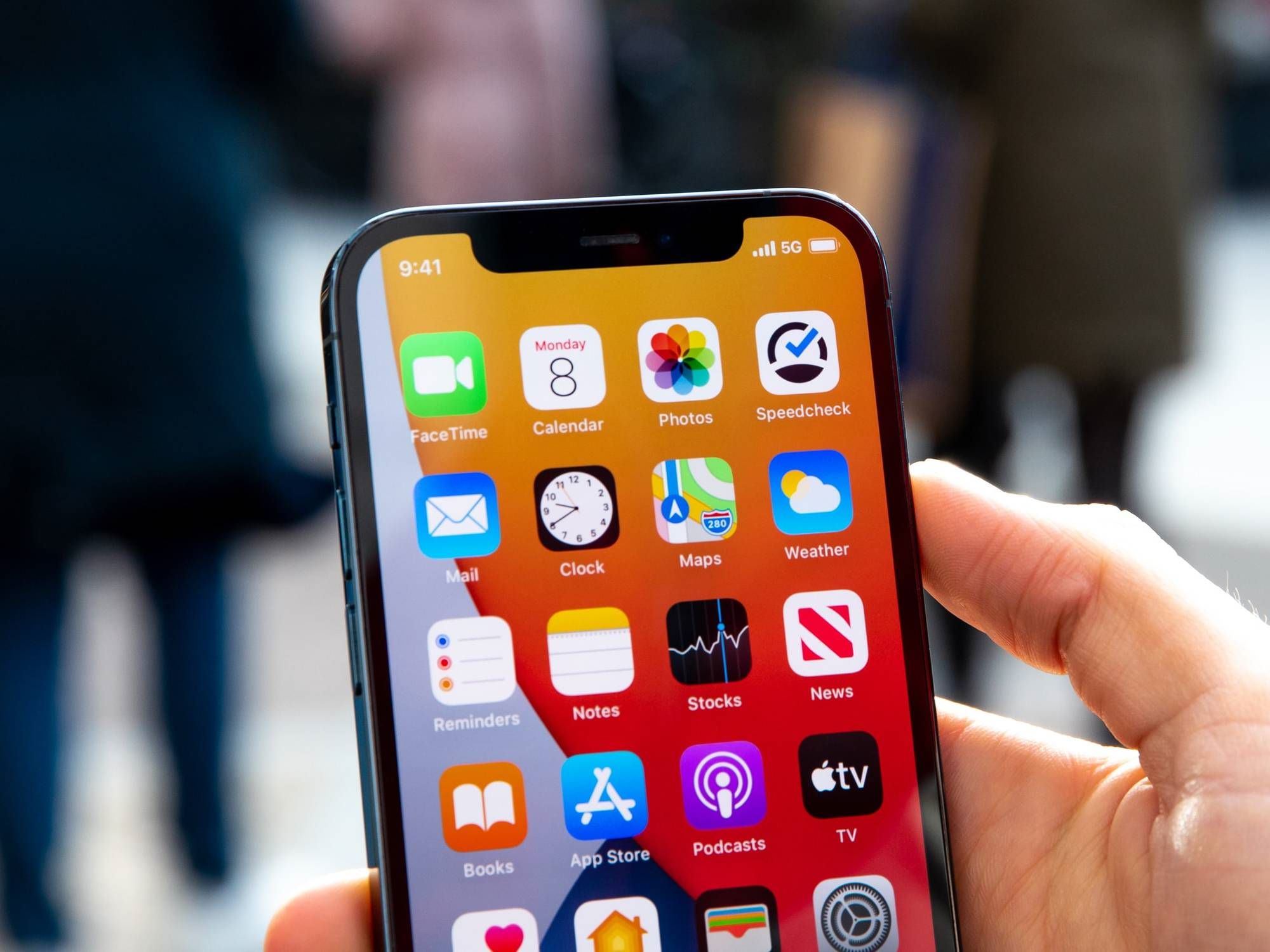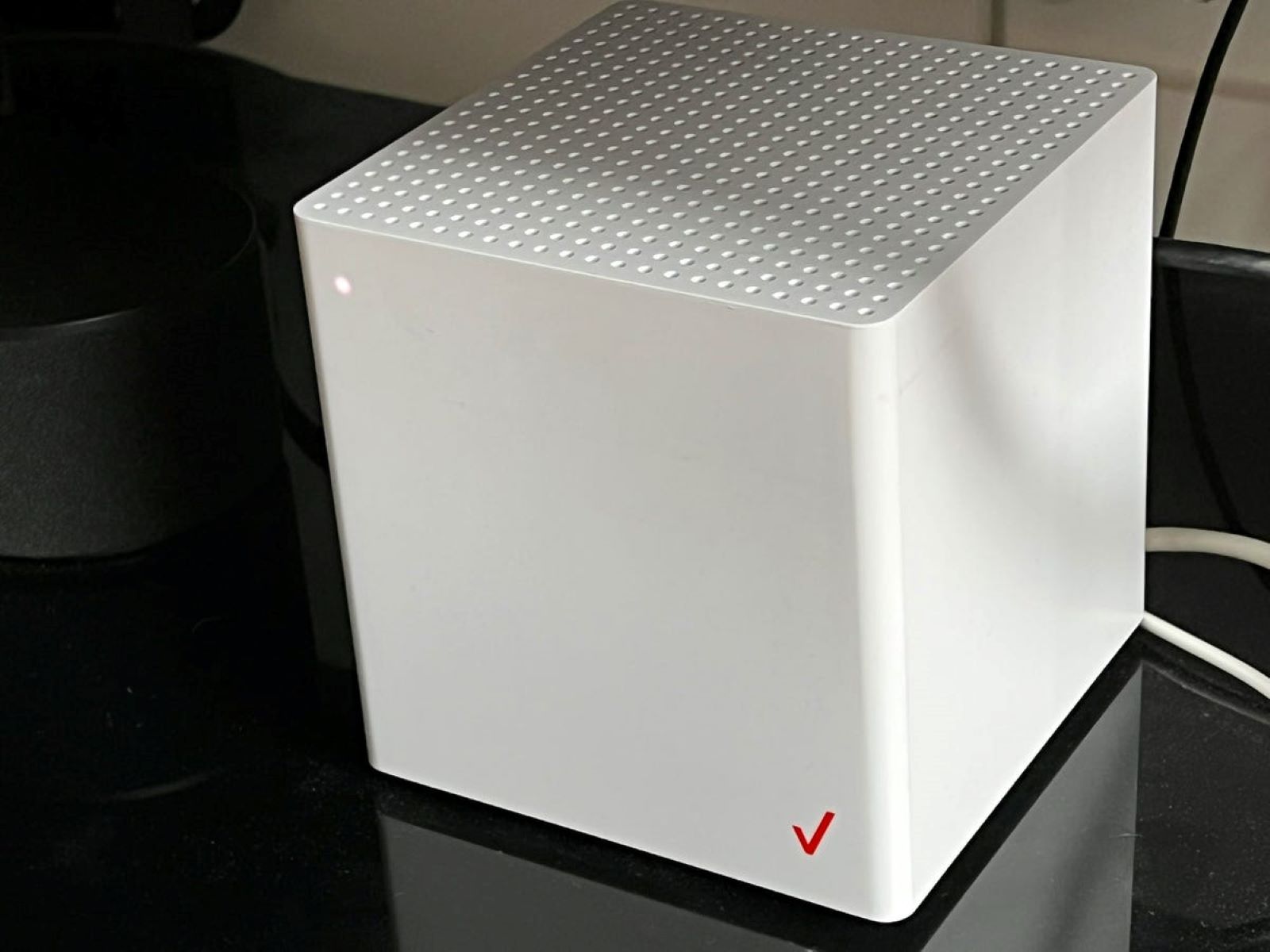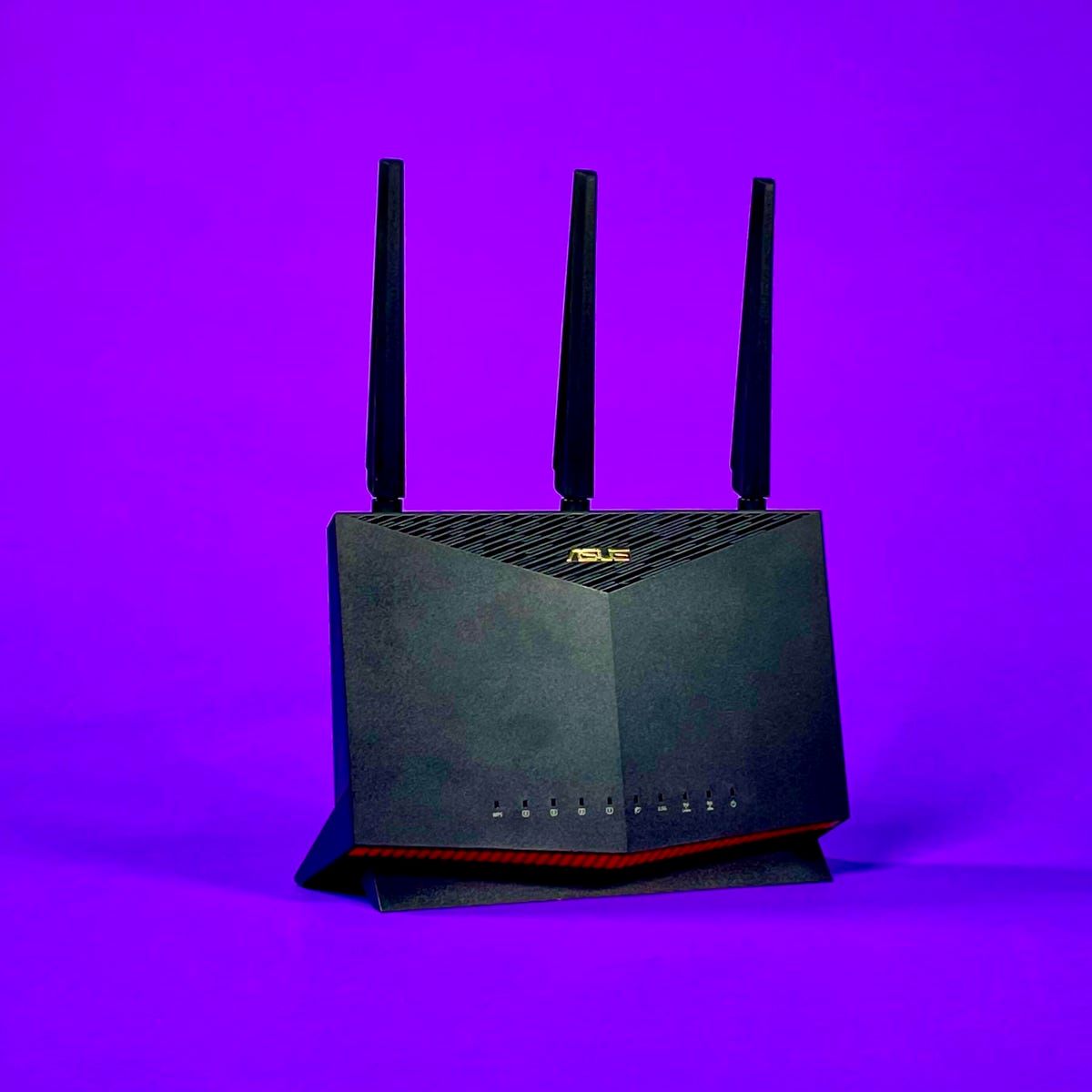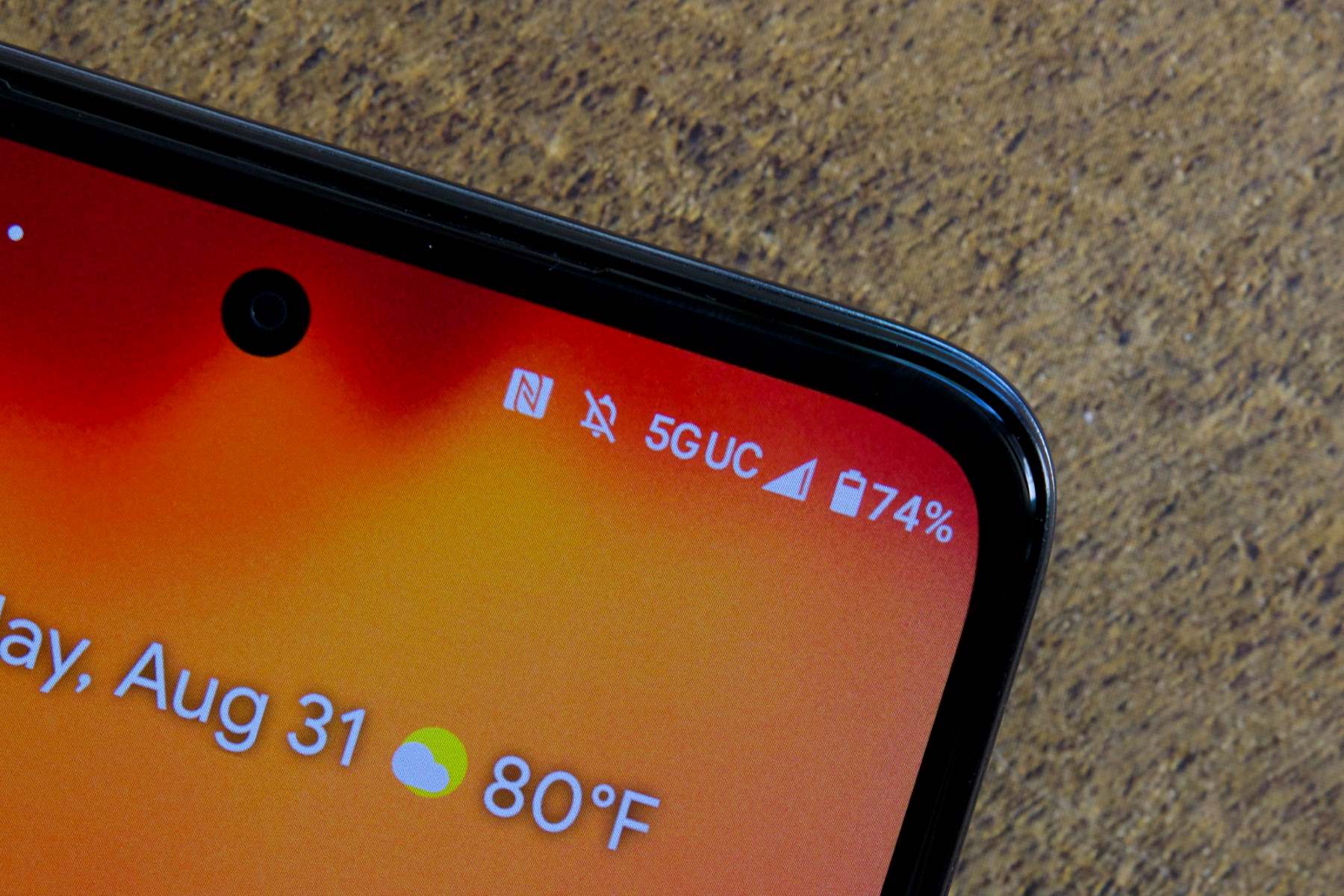Introduction
The advent of 5G technology has been heralded as a groundbreaking leap in connectivity, promising faster speeds, lower latency, and potential applications in various industries. However, despite its potential benefits, many users have expressed frustration with the performance of 5G networks. From limited coverage areas to increased costs, compatibility issues, and potential health risks, there are several reasons why 5G has been met with mixed reviews.
This article explores the various factors that contribute to the perception that 5G “sucks,” shedding light on the challenges and concerns associated with this emerging technology. While it is important to acknowledge the potential advantages of 5G, it is equally crucial to address the issues that users may encounter in order to provide a balanced perspective on its effectiveness.
It is important to note that the intention of this article is not to discourage the adoption of 5G technology, but rather to highlight the current limitations and concerns that users may have. By understanding these challenges, users and industry leaders can work towards addressing and resolving them, ultimately leading to a more seamless and satisfactory 5G experience for all.
Limited Coverage Areas
One of the major frustrations users have encountered with 5G is the limited coverage areas. While the rollout of 5G networks is underway, the availability of 5G is still limited to select cities and regions, leaving many users unable to experience its benefits. This can be particularly frustrating for users who have invested in 5G-enabled devices, only to find that they cannot access 5G networks in their area.
The limited coverage areas are primarily due to the infrastructure requirements of 5G networks. 5G relies on a higher frequency spectrum, which has shorter range and is easily obstructed by physical barriers such as buildings and trees. As a result, network operators are faced with the challenge of deploying a significant number of small cell towers and infrastructure to ensure widespread coverage.
Furthermore, the process of rolling out 5G infrastructure is time-consuming and costly. It requires collaboration between network operators and regulatory authorities to obtain necessary permits and licenses. This can lead to delays in expanding coverage areas, leaving users frustrated and feeling left out of the 5G revolution.
While efforts are being made to expand 5G coverage, it will likely take time before it becomes widely accessible, particularly in rural and remote areas. Until then, the limited coverage areas remain a major drawback for users who are unable to fully utilize the capabilities of their 5G-enabled devices.
Increased Costs for Consumers
Another reason why some users may perceive 5G as lacking in benefits is the increased costs associated with the technology. While 5G offers faster speeds and improved connectivity, these advantages often come at a higher price point for consumers.
Firstly, the cost of upgrading to 5G-compatible devices can be prohibitive. To fully experience the benefits of 5G, users need to invest in smartphones, tablets, or other devices that are specifically designed to support 5G networks. These devices often come with a premium price tag, making it difficult for some consumers to afford the upgrade.
In addition to device costs, consumers may also face higher monthly service charges for 5G data plans. Network operators often introduce new pricing tiers for 5G connectivity, requiring users to pay more for access to faster speeds and other enhanced features. This can put a strain on consumers’ budgets, especially for those who are already paying for expensive data plans or are locked into long-term contracts.
Furthermore, the infrastructure upgrades required to support 5G networks come with significant costs. Network operators need to invest in building and maintaining a denser network of small cell towers and other infrastructure to ensure reliable 5G coverage. These costs are often passed on to consumers through higher service charges and fees.
While the increased costs associated with 5G may be justified by the improved performance and capabilities, it can still be a deterrent for many consumers, particularly those who are already struggling financially or have limited means to commit to expensive technology upgrades and data plans.
Compatibility Issues with Older Devices
One of the significant challenges that users may face with 5G is compatibility issues with older devices. While 5G networks are designed to be backward compatible with 4G and 3G technologies, older devices may not be capable of fully utilizing the benefits of 5G.
Many older smartphones and devices lack the necessary hardware and specifications to support 5G connectivity. This means that even if users are in an area with 5G coverage, their devices may only be able to access 4G or 3G networks, limiting their ability to experience the faster speeds and lower latency that 5G offers.
Furthermore, it is not just the devices themselves that may pose compatibility issues. Older apps and software may not be optimized for 5G, leading to potential performance issues or even incompatibility. This can result in slower data speeds, increased latency, and other limitations that prevent users from fully enjoying the benefits of 5G technology.
For users who are not ready or able to upgrade their devices to 5G-compatible models, these compatibility issues can be frustrating. They may feel left behind in the rapid advancement of technology and face limitations in accessing the full range of services and features that 5G has to offer.
It is important for users to be aware of the compatibility requirements of 5G and ensure that their devices and software are up to date. While network operators and device manufacturers are working to improve compatibility, it may still take time for older devices to catch up with the capabilities of 5G technology.
Network Congestion and Speed Reductions
Despite the promise of lightning-fast speeds, network congestion and subsequent speed reductions are common issues experienced by users on 5G networks. As more users connect to 5G networks and consume bandwidth-intensive content, the increased demand can strain network capacity and lead to reduced speeds.
Network congestion can occur in densely populated areas or during peak usage times when the number of simultaneous 5G connections is high. This congestion can result in slower download and upload speeds, negatively impacting the user experience.
Moreover, the limited coverage areas of 5G networks can exacerbate the issue of network congestion. As users in areas with limited 5G coverage rely on a smaller number of network towers, the load on those towers increases, leading to potential slowdowns and speed reductions.
Another factor contributing to speed reductions is the reliance on high-frequency spectrum for 5G. While higher frequency bands offer faster speeds, they suffer from limited range and are more susceptible to signal degradation due to physical barriers. As a result, users who are not in close proximity to a 5G tower may experience weaker signal strength and slower speeds.
Network operators are continually working to improve network capacity and minimize congestion through infrastructure upgrades and optimization efforts. However, until these improvements are fully implemented, users may experience speed reductions and frustrations with the performance of 5G networks, especially in crowded areas or during busy periods.
It is important for users to manage their expectations regarding the consistently high speeds promised by 5G and to understand that network congestion can impact performance. As 5G technology continues to evolve and network infrastructure expands, it is expected that these issues will be mitigated, leading to a more seamless and reliable experience for users.
Health Concerns and Safety Risks
As with any new technology, concerns about potential health risks and safety hazards have been raised regarding 5G. Some individuals worry about the increased exposure to electromagnetic radiation emitted by 5G networks, particularly due to the use of higher-frequency bands.
However, it is important to note that extensive research has been conducted to evaluate the safety of electromagnetic radiation emitted by wireless communication technologies, including 5G. Regulatory bodies and scientific organizations, such as the International Commission on Non-Ionizing Radiation Protection (ICNIRP), have set guidelines and safety standards to ensure that exposure to electromagnetic fields remains within acceptable limits.
Additionally, the FCC (Federal Communications Commission) in the United States and similar regulatory bodies in other countries have established limits on the levels of radiation that wireless devices and infrastructure can emit. These limits are designed to protect public health and safety.
While concerns about the potential long-term effects of 5G radiation persist, current research suggests that the exposure levels from 5G networks are within the established safety limits. However, ongoing studies and monitoring of the technology’s impact on human health are necessary to ensure its continued safety.
Besides potential health concerns, another safety risk associated with 5G is the increased reliance on digital connectivity. As more critical infrastructure, such as autonomous vehicles and smart city systems, depend on stable and secure network connections, any disruptions or vulnerabilities in the 5G network can have significant implications for safety.
Network operators and regulatory bodies are working diligently to ensure the security and resilience of 5G networks. From implementing robust encryption protocols to conducting regular security audits, measures are being taken to mitigate the risks of cyber-attacks and safeguard user data and privacy.
It is essential for users to stay informed about the latest scientific research and regulatory standards regarding the safety of 5G networks. By understanding the potential risks and the measures in place to address them, users can make informed decisions regarding their use of 5G technology.
Privacy and Security Risks
With the increased connectivity and data transmission capabilities of 5G networks, concerns about privacy and security risks have become more pronounced. As more devices are connected to the 5G network, the potential attack surface for cybercriminals and hackers expands, posing threats to users’ personal information and sensitive data.
One of the main privacy concerns with 5G is the potential for unauthorized access and interception of data. The large-scale deployment of IoT devices, which are typically connected to 5G networks, increases the risk of cyber-attacks targeting these devices to gain access to personal information or to disrupt critical systems.
Additionally, the vast amount of data generated and transmitted through 5G networks raises concerns about data privacy. Service providers and companies involved in processing and storing 5G-related data may have access to personal information, creating potential privacy risks if not handled properly.
Furthermore, the increased number of connected devices and the complex network infrastructure of 5G can also introduce vulnerabilities that can be exploited by cybercriminals. For example, compromised devices within a 5G network could be used to launch Distributed Denial-of-Service (DDoS) attacks or other malicious activities.
To address these privacy and security risks, network operators, device manufacturers, and regulatory bodies are implementing various measures. These include robust encryption protocols, multi-factor authentication, secure network architecture, and regular security audits to identify and patch vulnerabilities.
As a user, it is important to remain vigilant and take necessary precautions to protect your privacy and ensure the security of your connected devices. This can include regularly updating device firmware and software, using strong passwords and two-factor authentication, and being cautious while sharing personal information online.
Overall, while there are privacy and security risks associated with 5G networks, stakeholders are actively working towards mitigating these risks. By staying informed, following best practices, and leveraging the security features provided by network operators and device manufacturers, users can enjoy the benefits of 5G connectivity while minimizing their exposure to privacy and security threats.
Potential Interference with Weather Forecasting
One of the less-known concerns associated with 5G technology is its potential interference with weather forecasting systems. Specifically, the use of certain frequency bands for 5G networks, such as the 24 GHz band, has the potential to impact the accuracy of weather forecasting, particularly in detecting and tracking the movement of water vapor in the atmosphere.
Water vapor plays a crucial role in weather forecasting as it helps meteorologists predict the formation of storms, hurricanes, and other severe weather events. Weather satellites and ground-based sensors rely on the 23.8 GHz frequency band to detect and analyze the intensity of water vapor in the atmosphere.
However, there is concern that the signals emitted by 5G networks in the neighboring 24 GHz band could interfere with the quality and accuracy of these water vapor measurements. The close proximity of the frequency bands raises the risk of signal bleeding or leakage, impacting the sensitivity of weather instruments in detecting and quantifying water vapor levels.
Scientists and meteorologists are actively working with regulatory bodies and network operators to address this issue. Efforts are being made to establish protective measures to ensure that 5G signals do not interfere with critical weather data acquisition and forecasting.
For instance, the World Meteorological Organization (WMO) has been coordinating with the telecommunications industry to establish buffer zones and frequency separation requirements to minimize the likelihood of interference. Regulatory bodies are also monitoring and enforcing compliance with these regulations to mitigate the potential impact on weather forecasting accuracy.
It is important to note that not all frequency bands used for 5G networks pose a risk of interference with weather forecasting. The concern primarily lies in the 24 GHz band, and efforts are being made to allocate specific frequency ranges for 5G that minimize the impact on weather measurements.
As technology evolves, it is crucial for collaboration and ongoing research between telecommunications and meteorological communities to ensure the coexistence of 5G networks and accurate weather forecasting. By addressing the potential interference risks and implementing appropriate measures, it is possible to strike a balance between advancing connectivity and maintaining the accuracy and reliability of weather predictions.
Environmental Impact
While 5G technology offers numerous benefits in terms of connectivity and innovation, there are concerns about its potential environmental impact. The deployment of 5G infrastructure, including small cell towers and data centers, can contribute to energy consumption and environmental degradation.
The increased number and density of small cell towers required to ensure optimal coverage for 5G networks can result in additional energy consumption. These towers need to be powered and connected to the grid, which can lead to increased carbon emissions and energy usage, particularly if they are not designed and implemented with energy-efficient practices in mind.
In addition to energy consumption, the manufacturing and disposal of 5G devices and equipment can also have a significant environmental footprint. The production processes and extraction of raw materials for these devices can contribute to pollution and resource depletion. Furthermore, the improper disposal of outdated or damaged devices can lead to electronic waste, which poses environmental hazards due to the presence of toxic materials.
However, it is worth noting that 5G technology also offers opportunities for environmental sustainability and efficiency. The increased connectivity enabled by 5G can facilitate smart city initiatives, smart grids, and intelligent transportation systems, which can lead to more efficient resource utilization and reduced carbon emissions.
Efforts are being made by industry stakeholders to address the environmental impact of 5G. Network operators are exploring strategies to minimize energy consumption, such as deploying energy-efficient infrastructure, utilizing renewable energy sources, and implementing power-saving technologies. Device manufacturers are also focusing on eco-friendly design and recycling programs to reduce electronic waste.
Regulatory bodies and industry organizations are advocating for sustainable practices and conducting research to better understand and mitigate the environmental impact of 5G technology. Collaboration between telecommunications companies, governments, and environmental experts is essential to ensure that the benefits of 5G are realized without compromising the health of our planet.
By promoting responsible manufacturing, energy-efficient infrastructure, and proper e-waste management, it is possible to harness the potential of 5G technology while minimizing its environmental footprint. Striking a balance between connectivity and environmental sustainability is crucial for a sustainable future.
Lack of Standardization and Fragmented Market
One of the challenges hindering the widespread adoption and seamless integration of 5G technology is the lack of standardization and the fragmented market landscape. Unlike previous generations of wireless technology, 5G has introduced a variety of different standards and technologies, which can lead to compatibility issues and a lack of cohesion in the market.
Various countries and regions have implemented their own variations of 5G technology, leading to compatibility challenges for global communication and interoperability. This lack of uniformity can create obstacles for users who travel internationally or rely on consistent connectivity across different networks.
Furthermore, the fragmented market can make it difficult for network operators and device manufacturers to develop and deploy 5G-compatible products and services. With different countries and operators adopting different frequency bands, technology approaches, and deployment strategies, the market can be inherently complex and challenging to navigate.
Another aspect of the fragmented market is the varying speed and coverage capabilities among different network operators. While some operators may offer extensive 5G coverage and fast speeds in certain areas, others may have limited coverage or slower speeds. This inconsistency in performance can create frustration for users and hinder the seamless experience promised by 5G technology.
To address these challenges, efforts are underway to establish common standards and promote interoperability. Organizations such as the 3rd Generation Partnership Project (3GPP) are working towards global standards for 5G, providing guidelines for network operators and device manufacturers to adhere to.
Additionally, regulatory bodies and industry alliances are working towards harmonizing frequencies and technical specifications across different regions and markets. This standardization process aims to create a more unified and cohesive 5G ecosystem, enhancing compatibility and driving innovation.
Collaboration and cooperation among industry stakeholders are crucial in overcoming the lack of standardization and fragmented market. As standardization efforts progress, users can look forward to a more cohesive and consistent 5G experience, with improved compatibility, broader network coverage, and seamless connectivity across regions.
The ongoing work towards standardization and industry-wide collaboration will contribute to the overall success and transformational impact of 5G technology, ensuring that it can reach its full potential and deliver the promised benefits to users worldwide.
Conclusion
While 5G technology holds immense promise in transforming connectivity and enabling groundbreaking innovations, it is important to acknowledge the challenges and concerns that users may encounter. From limited coverage areas to increased costs, compatibility issues, network congestion, health concerns, and fragmentation, there are several reasons why some individuals perceive 5G as lacking in benefits.
However, it is essential to recognize that these challenges are not insurmountable. Industry stakeholders, including network operators, device manufacturers, regulatory bodies, and research organizations, are actively working to address these issues and improve the overall 5G experience.
Efforts are being made to expand 5G coverage, enhance compatibility, mitigate network congestion, ensure the safety of the technology, and address environmental impact. Standardization initiatives and collaboration among industry players are also paving the way for a more unified and seamless 5G ecosystem.
As users, it is crucial to stay informed, understand the potential limitations and risks associated with 5G, and make informed decisions when adopting the technology. It is also important to advocate for transparency, strong privacy measures, and sustainable practices to ensure that the benefits of 5G are realized ethically and responsibly.
In conclusion, while there are challenges and concerns surrounding 5G technology, it is a rapidly evolving field with the potential to revolutionize connectivity and enable new possibilities. By addressing the limitations, improving performance, and fostering collaboration, the industry is working towards delivering a robust and reliable 5G experience that meets the needs and expectations of users across the globe.







